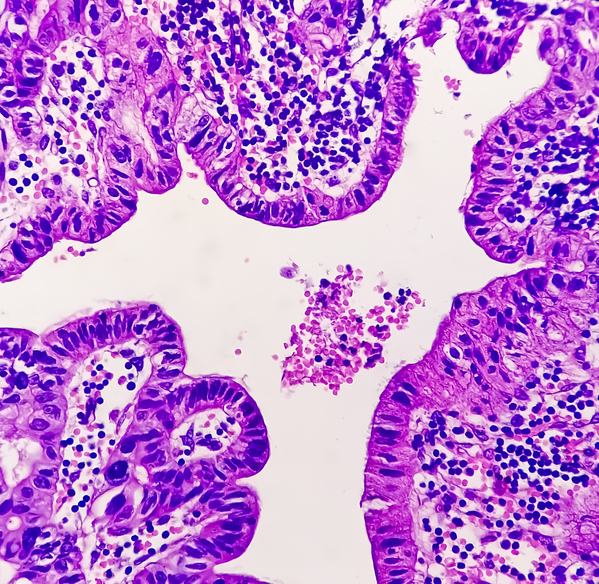The U.S. Department of Defense has awarded a grant of over $1.7 million to Charles Spruck, PhD, and his team at Sanford Burnham Prebys to advance a novel therapeutic approach for metastatic prostate cancer. Known as viral mimicry, the technique causes the body to think that it has a viral infection, stimulating an immune response that can help the body fight cancer.
“In viral mimicry, the body thinks there’s an infection, which kicks the immune system into high gear,” said Spruck. “With the immune system activated, cancer cells are more responsive to treatment, and tumor growth slows. All of this can happen without triggering treatment resistance, which could be a huge benefit for treating prostate cancer.”
Second most diagnosed cancer in men
Prostate cancer is the second most diagnosed cancer in men worldwide and the fifth leading cause of cancer death among men. According to the World Health Organization, there were an estimated 1.4 million new cases of prostate cancer and more than 375,000 deaths from the disease in 2020 alone.
“Many cases of prostate cancer are treatable, so people don’t think of it as a major public health issue,” said Spruck. “But when prostate cancer becomes metastatic or resistant to therapy—such as hormone therapy—it can ultimately become a fatal disease. One of the benefits of this approach is that it works in a completely different way, so it’s not as susceptible to resistance.”
The new technique takes advantage of an evolutionary feature of our genomes called endogenous retroviruses (ERVs). These are small sequences in our genomes, left behind by viruses that infected our ancient ancestors. ERVs have been found in the genomes of early humans such as Neanderthals, but are thought to have first emerged in animals hundreds of millions of years ago. Unlike regular viruses, ERVs do not make anyone sick but remain in our genomes and help control gene expression.

“ERVs are inactive, so they don’t produce proteins the way regular genes do,” continued Spruck. “In this study, we discovered that we can reactivate these viruses selectively in cancer cells and essentially fool the body into thinking it needs to trigger an immune response against the tumor.”
Spruck’s team has already discovered a potential drug that can induce viral mimicry in prostate cancer cells. However, the drug is not potent or selective enough to enter the clinic. One of the goals of their project is to develop more potent compounds that can induce viral mimicry, which could lay the foundation for tomorrow’s prostate cancer treatments.
“Something exciting about this work is that it has the potential to move to the clinic extremely quickly,” points out Spruck. “We hope to have a drug ready for the clinic within three years.”
In addition to prostate cancer, the viral mimicry approach could be effective across a range of treatment-resistant cancers. The researchers are already exploring the approach in ER+ breast cancer in which up to 50% of patients experience a relapse due to treatment resistance.
“We initially discovered viral mimicry in breast cancer, and we suspected it could work in other cancers,” notes Spruck. “This project is helping us see how far we can take this unique approach, and I’m confident we’ll be able to apply it more broadly in the future as we continue to learn more about how it works.”






